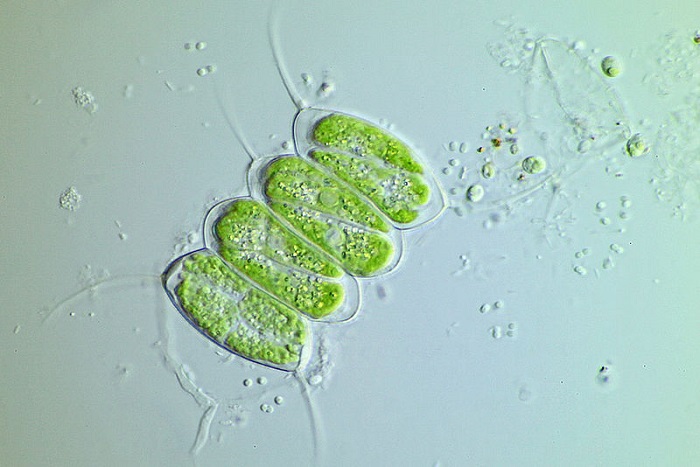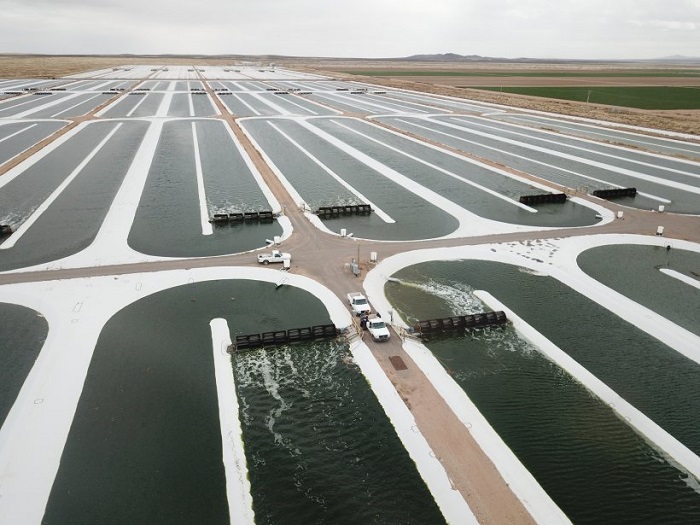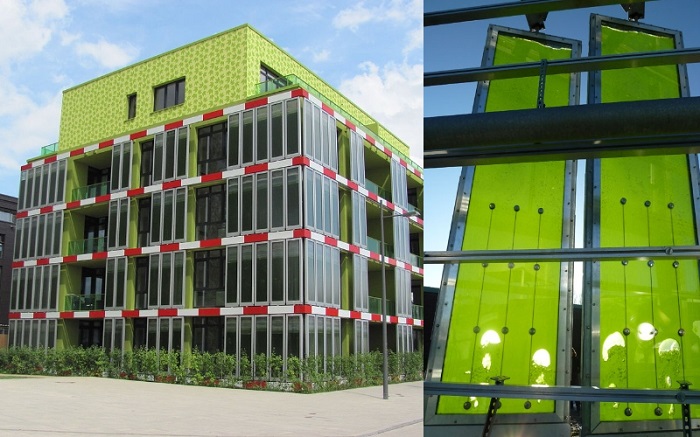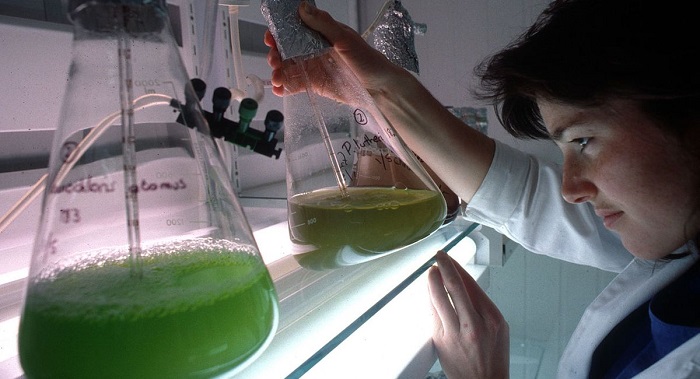PABLO GARCÍA-RUBIO | Tungsteno
Fossil fuels account for 84% of energy consumption worldwide and although progress is being made year after year in scaling back the use of this type of resource, dependence is still very high in some sectors. The search for alternative sources that are efficient, competitive and renewable has become the new holy grail of energy. Perhaps the key lies in microalgae? These organisms have been studied intensively for decades, are highly efficient and represent great hope as a renewable energy source of the future.
Microalgae are single-celled organisms capable of living in a wide variety of ecosystems and with an immense variety of forms. While estimates vary, it is thought that there are somewhere between 50,000 and more than 200,000 species of algae, including those classified and those yet to be discovered. The energy and fatty acids that these algae create through photosynthesis can be harnessed to generate both electricity and feedstock in the form of biomass to produce agrofuels.

Microalgae are single-celled organisms capable of living in highly varied ecosystems and with an immense variety of forms. Credit: Frank Fox.
Cultivation of microalgae for biofuel production
In recent years, there have been multiple advances in the cultivation of microalgae with the aim of generating biofuel. If these organisms excel at anything, it is their ability to produce up to 60 times more fuel than terrestrial plants using the same surface area and sunlight. What’s more, they have a reproductive capacity five to ten times greater than the crops used until now.
But productivity is not the only thing in their favour. The environmental impact of algae also stands out compared to other biomass crops (such as corn, palm or sugar cane). Algae don’t need to use resources such as soil or irrigation water, they don’t require fertilisers or pesticides and don’t even need clean or fresh water, since they can be grown in briny water or even wastewater.
In addition, to assist them in carrying out photosynthesis, microalgae can be fed CO2 from other industries. In this way, while generating energy, they can contribute to the decarbonisation of the atmosphere. In addition, according to a recent study, combining them with bacteria can increase the production of hydrogen—another fuel of the future—by 60%.

Photobioreactors are devices for the mass cultivation of microalgae. Credit: U.S. Department of Energy.
Despite all these benefits, researchers have not yet succeeded in producing microalgae-based fuel at a price competitive enough to enable its mass production and commercialisation. Some large energy companies that had invested in microalgae, such as the oil giant Exxon, have been lowering their expectations because they cannot guarantee its commercial viability in the short term. One of the major problems lies in their tiny size: the handling and processing of microscopic organisms is expensive and laborious. The need for new infrastructure or a drop in oil prices—today at levels similar to those of the early 2000s—also pose a challenge.
Microalgae as a material for solar panels
Another way of obtaining energy from microalgae is to capture the exchange of electrons that occurs when they photosynthesise in order to generate electricity. While some important advances have been made using this process, the technology to do so is not yet sufficiently developed.
However, in the city of Hamburg, Germany, the first building in the world to supply part of its energy consumption through panels containing microalgae was built in 2013. These glass panels, located on the facade and with a rotation capacity to face the Sun, are supplied with CO2 and nutrients that encourage the microalgae to reproduce. The spectrum of light not absorbed by the algae during photosynthesis is converted into heat, which is used to generate hot water for the building or to heat the interior. Periodically, the excess microalgae is collected and sent to a facility offsite where it is fermented to produce methane gas, which is burned to produce electricity.

The BIQ Building in Hamburg supplies part of its energy consumption through panels containing microalgae. Credit: NordNordWest / Wikimedia.
The aim would thus be to create panels composed of algae that harness sunlight, albeit using a much different technology from solar panels. Although there are such panels being used in experimental projects like this one, the idea is still a long way from replacing current silicon panels, which provide high productivity for relatively low cost. The facade of microalgae panels in the Hamburg building, for example, costs around five million euros.
So far, none of the processes for obtaining energy from microalgae have managed to be competitive in a market as complex as the energy market. It will still take years before they become competitive, according to many experts, as a number of economic, production and infrastructure challenges have to be overcome. Even so, research is ongoing. Perseverance could eventually see algae become a key crop for the energy sector in a few decades, either in the form of biomass or as an essential component of solar energy production.
· — —
Tungsteno is a journalism laboratory to scan the essence of innovation. Devised by Materia Publicaciones Científicas for Sacyr’s blog.
